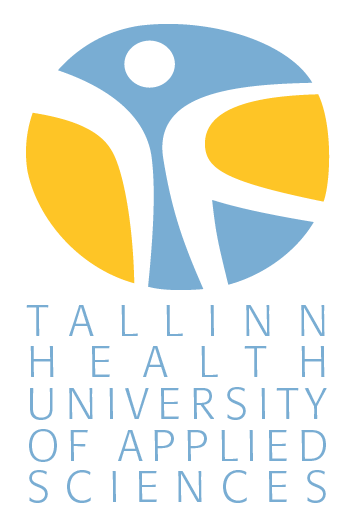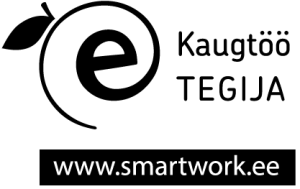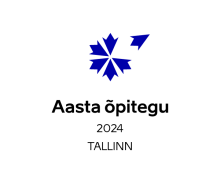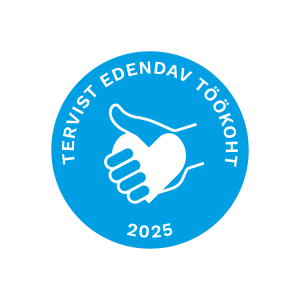Procedure for Identifying and Processing Plagiarism in Papers
APPROVED
Tallinn Health University of Applied Sciences Council Decision No 4.1 of March 29, 2022
Tallinn Health University of Applied Sciences´s Procedure for Identifying and Processing Plagiarism in Papers
1. „Tallinn Health University of Applied Sciences´s Procedure for Identifying and Processing Plagiarism in Papers“ regulates the principles and procedures identifying plagiarism at Tallinn Health University of Applied Sciences (hereinafter UAS) if the paper submitted by the student or pupil (hereinafter learner), is suspected to be plagiarised.
2. According to the Academic Regulations of the UAS, plagiarism is seen as submitting someone else´s (incl. author´s own previous) written paper or a part of it under their own name. Academic fraud is seen as offering unauthorized assistance or using it on completion of academic assignment; or receiving credit points for the paper consisting of any plagiarism.
3. Plagiarism may be intentional or accidental (not noting the details of the quote, inadequate referencing).
4. Academic fraud types, using even one of these is seen as fraud:
4.1 Cheating;
4.2 Submitting someone else´s paper as their own (under their own name);
4.3 Other author´s thoughts or sentences are submitted without referring to the author and/or used sources. It is considered plagiarism even then, if there is inadequate referencing;
4.4 An exact quote from another author is submitted without quotation marks. Also, even if the author and sources have been referenced. The person using quotes must not incorporate phrases from several sentences into one single quote, i.e., one cannot form a new sentence. If phrases need to be combined, these need to be referred;
4.5 Paper found in databases or somewhere else is translated and submitted under one´s own name;
4.6 A text by another author is submitted with minor changes, it is considered plagiarism even if the author and the source have been referred;
4.7 Submitting one´s own previous paper or parts of it without referencing to oneself repeatedly.
5. Plagiarism is detected by using plagiarism identifying programme (e.g., Ouriginal) and/or expert opinion.
6. If plagiarism is detected, it is fixed in the plagiarism Registry and the student, head of curriculum and structural unit and Vice Rector of Studies shall be informed.
7. If intentional plagiarism is detected by the structural unit, the Vice Rector of Studies will form a committee involving the head of curriculum and/or representatives of the structural unit.
8. The committee will then define the extent of plagiarism and send the summarized version of the case and the decision to the learner.
9. In case of identifying a serious violation, the committee may propose the Rector of the UAS to exmatriculate the student. According to Academic Regulations, the UAS has the right to exmatriculate the learner due to their misbehaviour in following cases:
9.1 Using unauthorized (electronic or on paper) materials in studies, incl. evaluation if the lecturer/teacher has not allowed to use these;
9.2 Unacceptably exchanging information in educational activities, including evaluation (dictation, copying etc.);
9.3 Presenting the written work of someone else or a part of it, under their own name or referencing/quoting without proper reference (plagiarism);
9.4 Presenting their own written work again if ECTS/ECVETS have already been received for it;
9.5 Taking a test/evaluation for another learner or allowing another learner take a test/evaluation in their name.
10. Current document will come into force after the approval of the Council and is valid for three years. Structural units of the UAS are entitled to amend and supplement the procedure, these may be approved by the Council.






